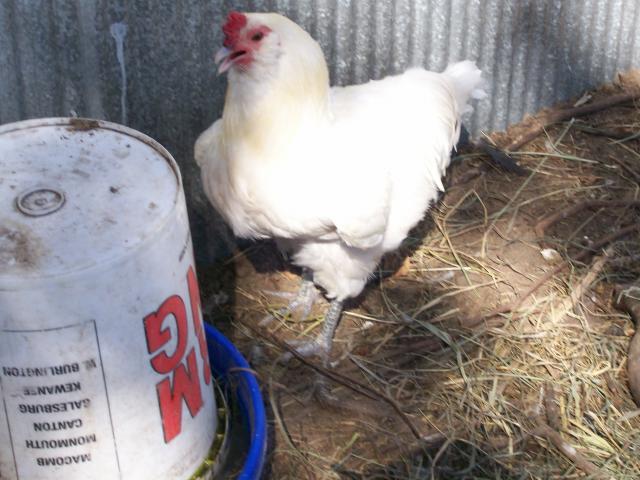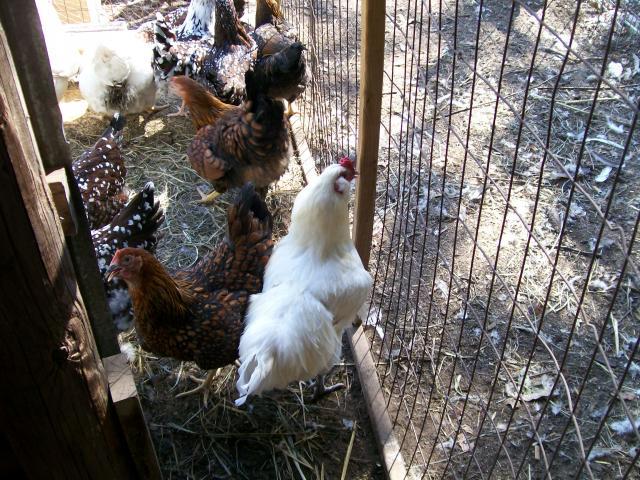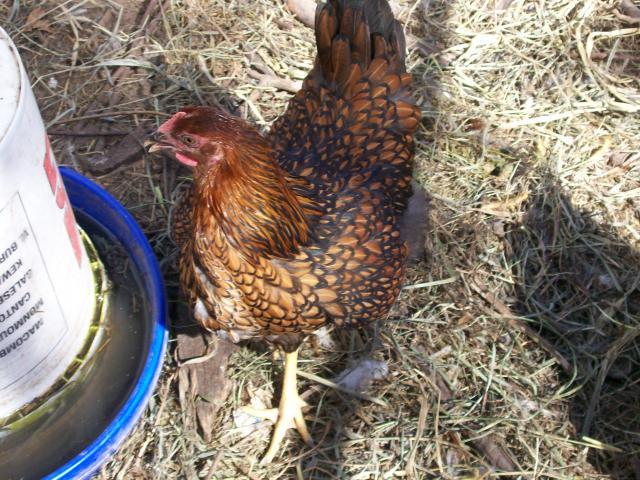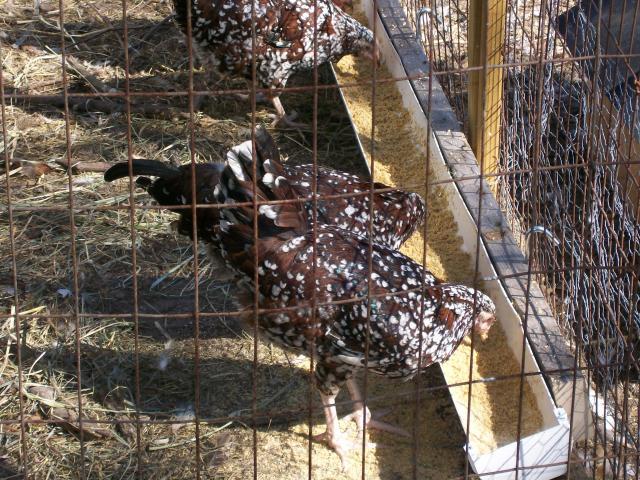Quote:
I'm just beginning to learn color genetics . I'm told most white Ameraucanas are r. white . Had your roo been pure for r. white the Kippenj. Calculator shows black chicks only . Another type is just called white , and shows results more like you got . You have to remember that the visual color of an EE may look black tailed buff but be something else geneticly .
Both the black and blue roos should throw all black [ with a few blue from the blue ] chicks in the first generation , but while the calculator shows solid black or blue you will most likely see some gold [ red ] leaking on a mostly black [ or blue ] bird . A percentage of those coming from the blue roo will produce a blue base or pattern later if crossed amoungst themselves . If you don't want solid black or blue birds , choose for those with a lot of bleed and the recessive colors will crop out in the following generations . Keeping black pure [ without gold showing ] is still an issue in Ameraucanas , so loosing the solid blacks should be relatively easy IMO .
ETA : If you choose to breed those chicks showing blue plummage together , splash [ black feathers diluted to a combination of white and blue ] will start appearing .
One more additional bit of info : Blue is an incomplete dominate and works to dilute black only . Blue on black gives 50% blue , 50% black ; blue on blue gives 25% black , 50% blue , 25% spash , splash on blue gives 50% each , and splash on splash gives 100% splash . The other gene for blue is lav , or self blue , a recessive dilutant that takes two copies to be seen as a pale version of the original color but works on both black and gold [ red ] .







